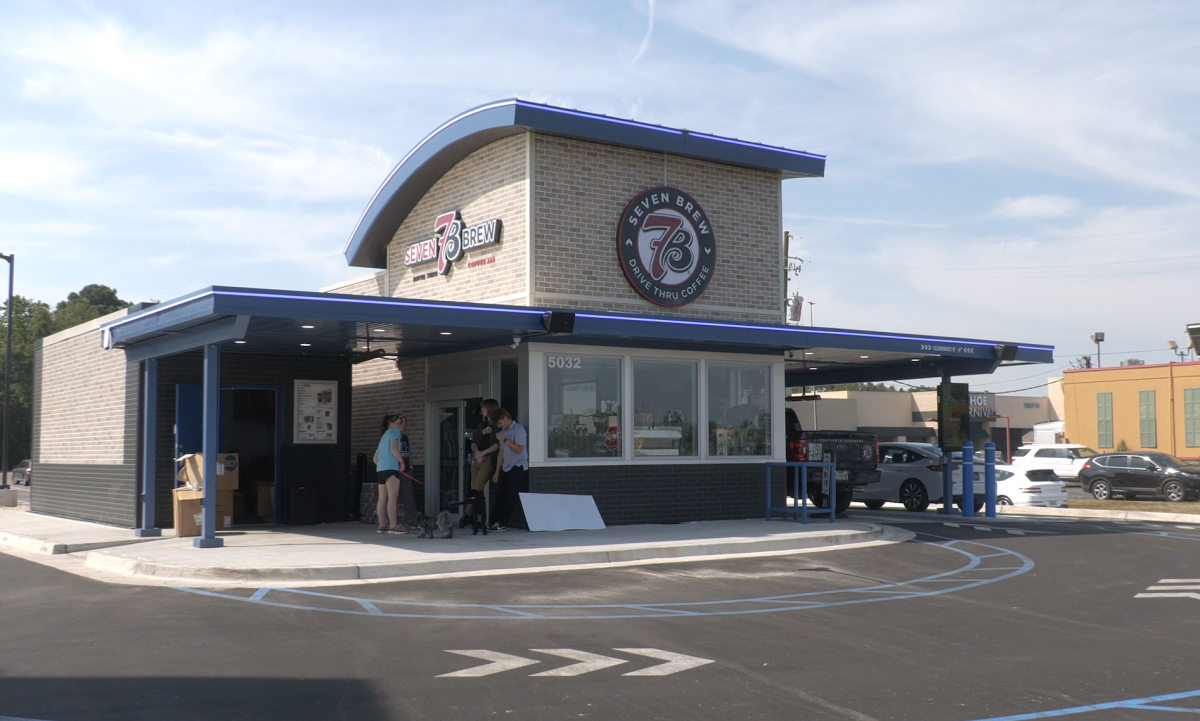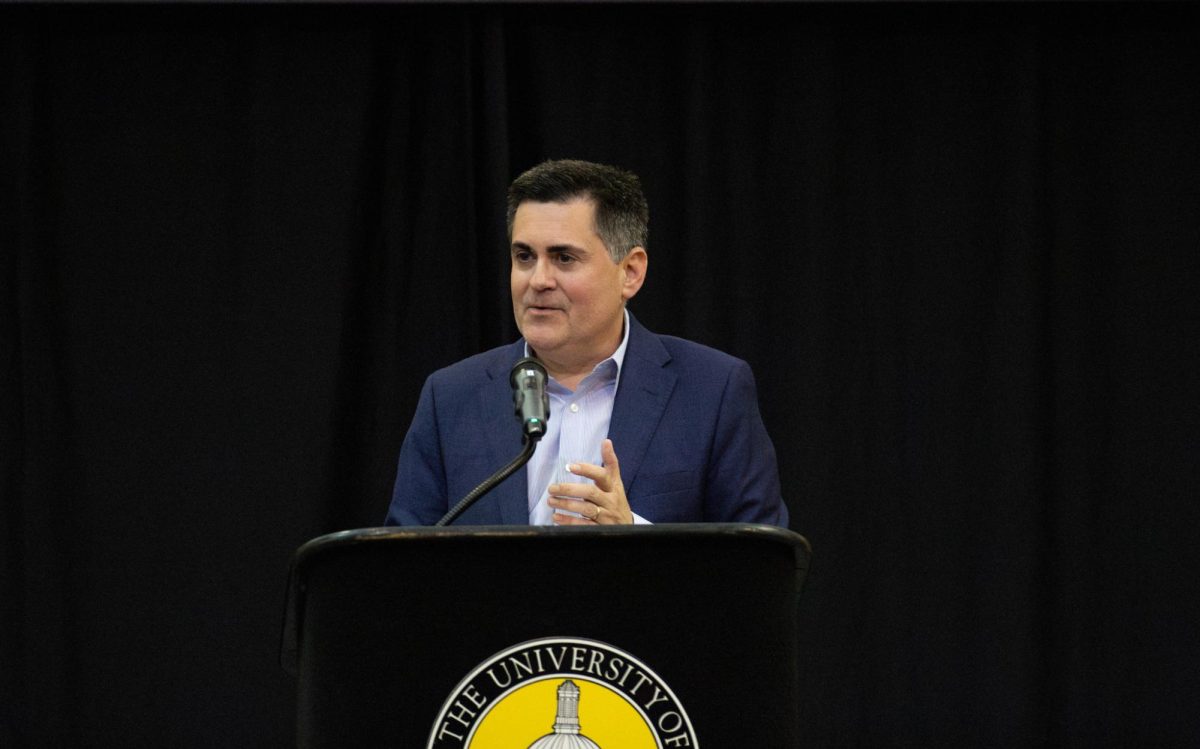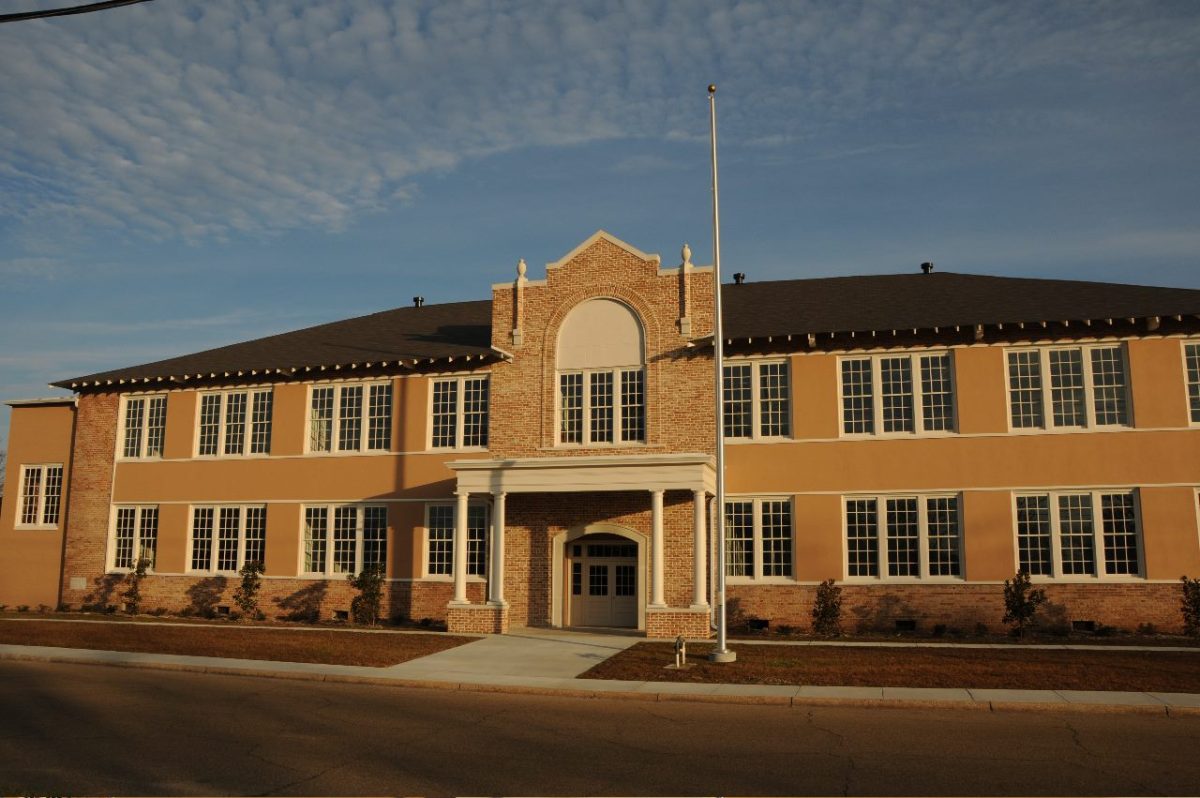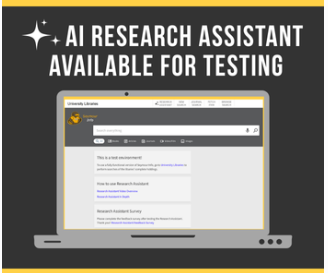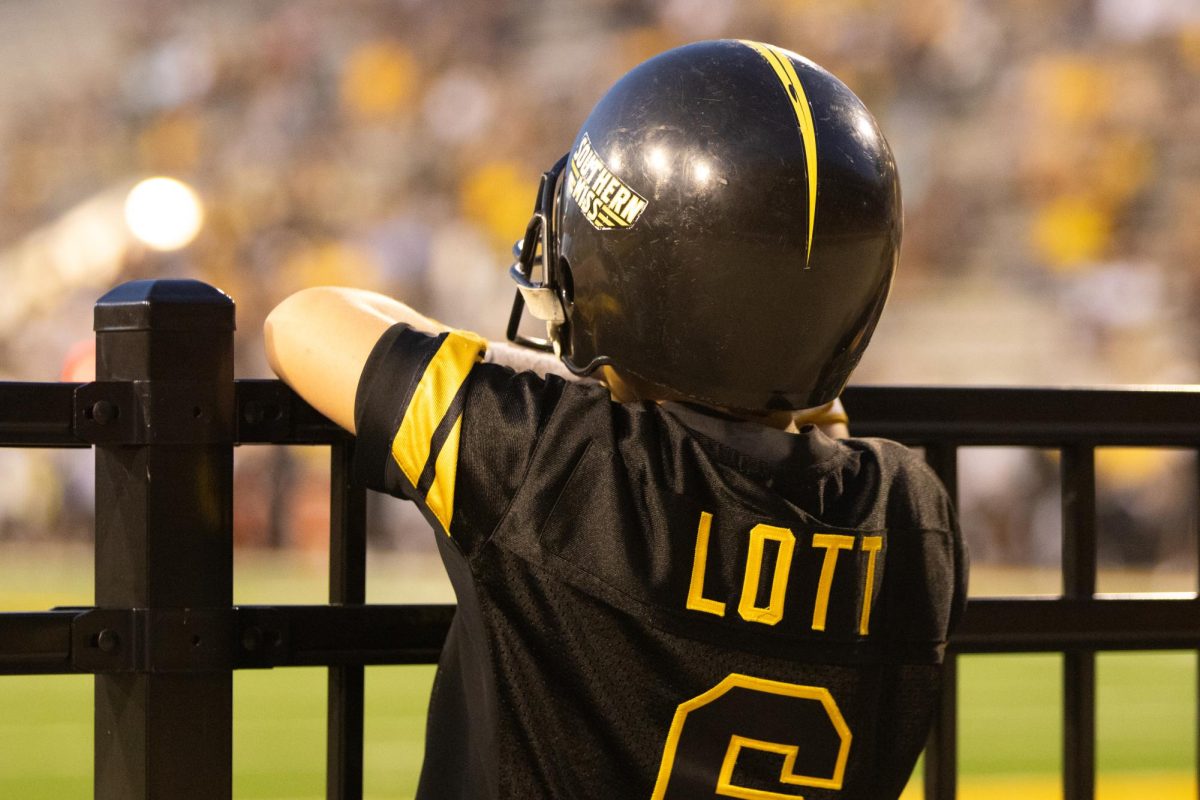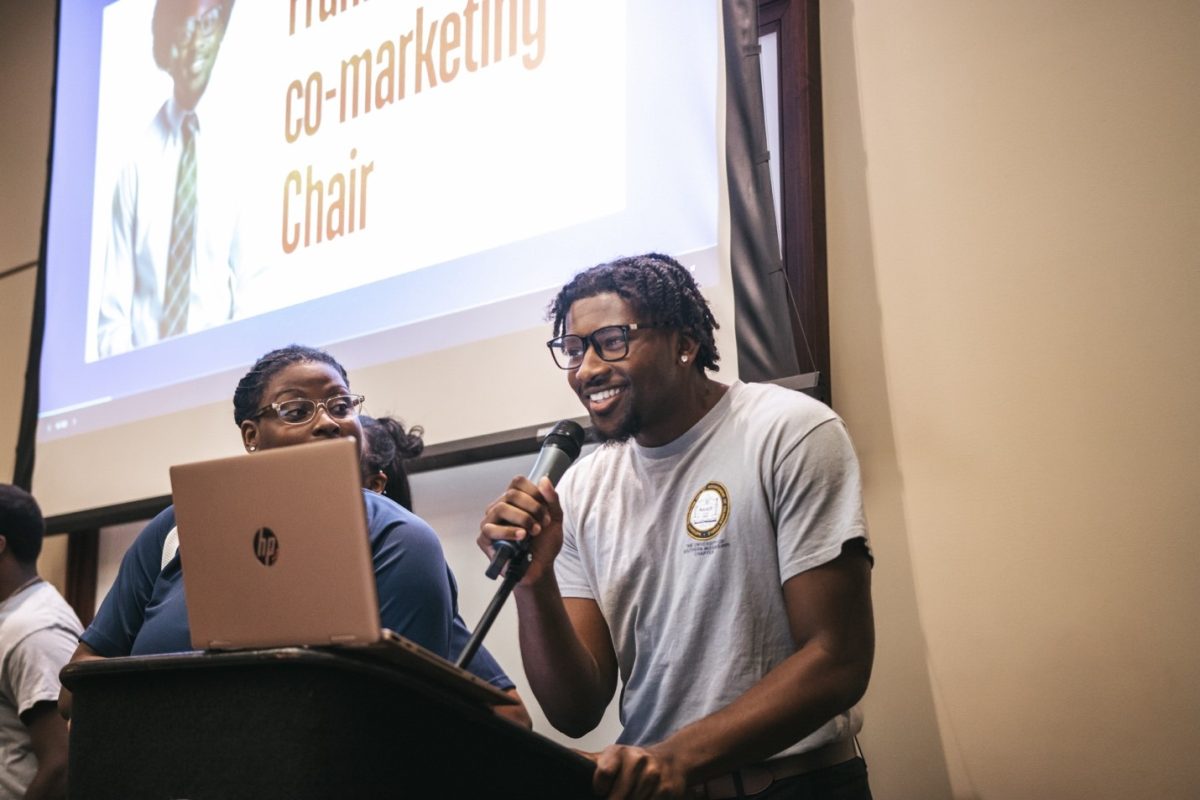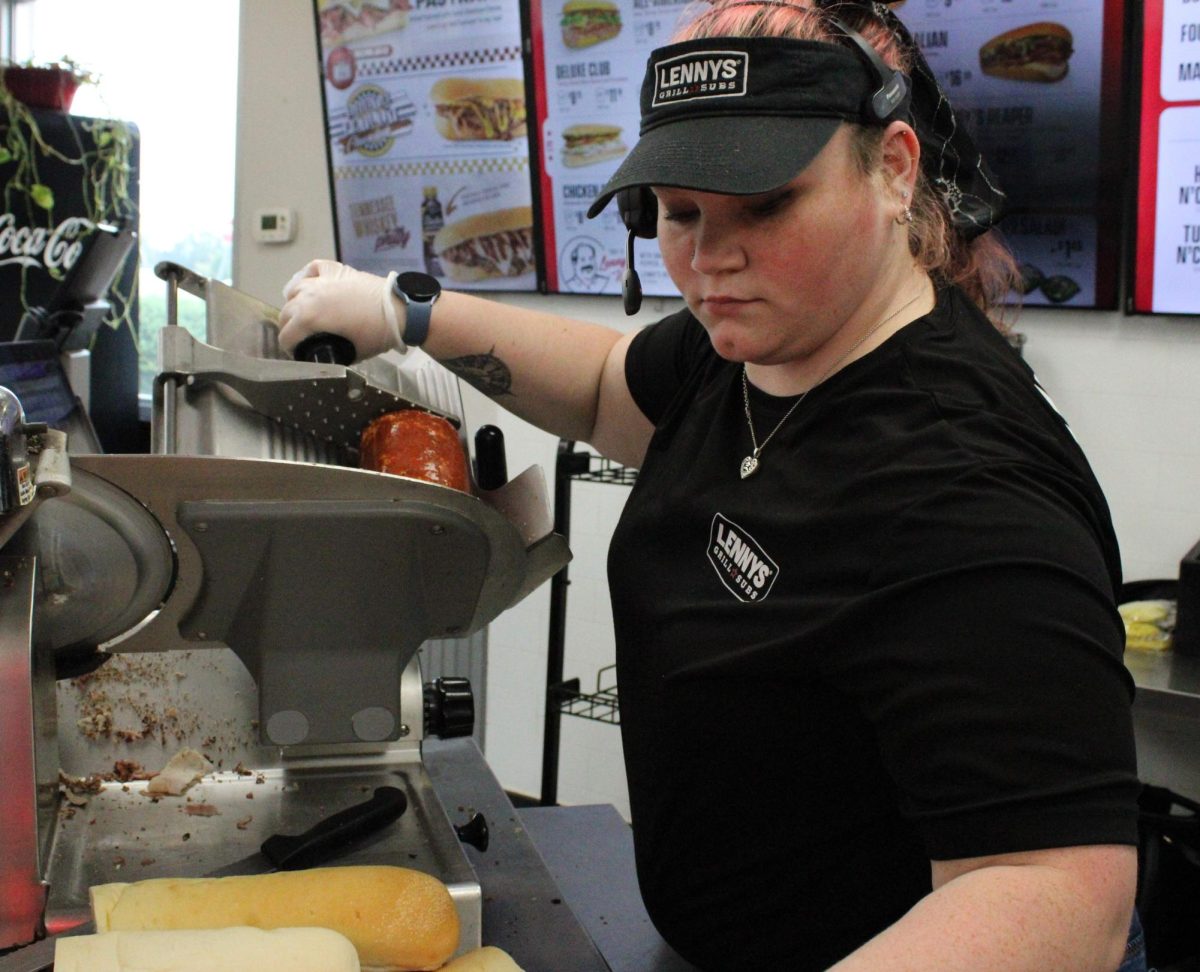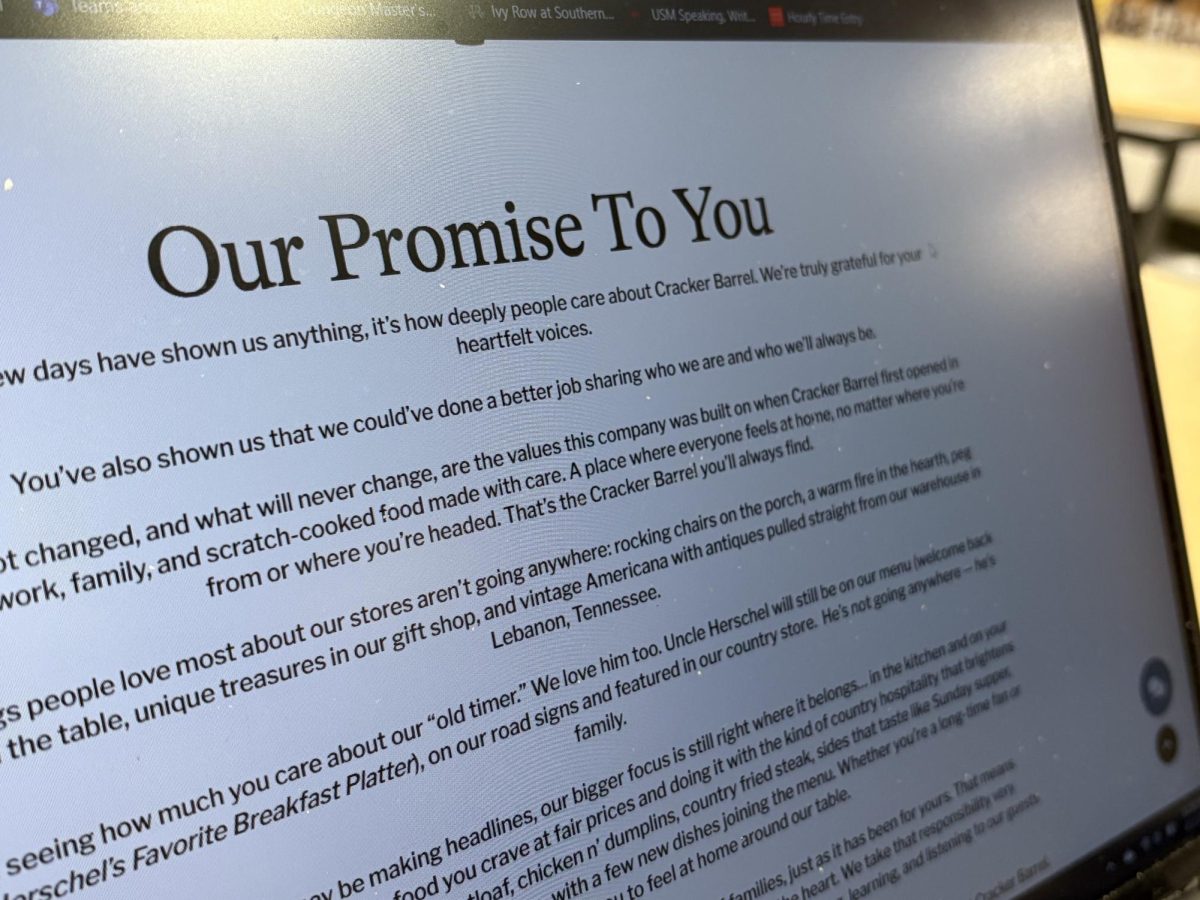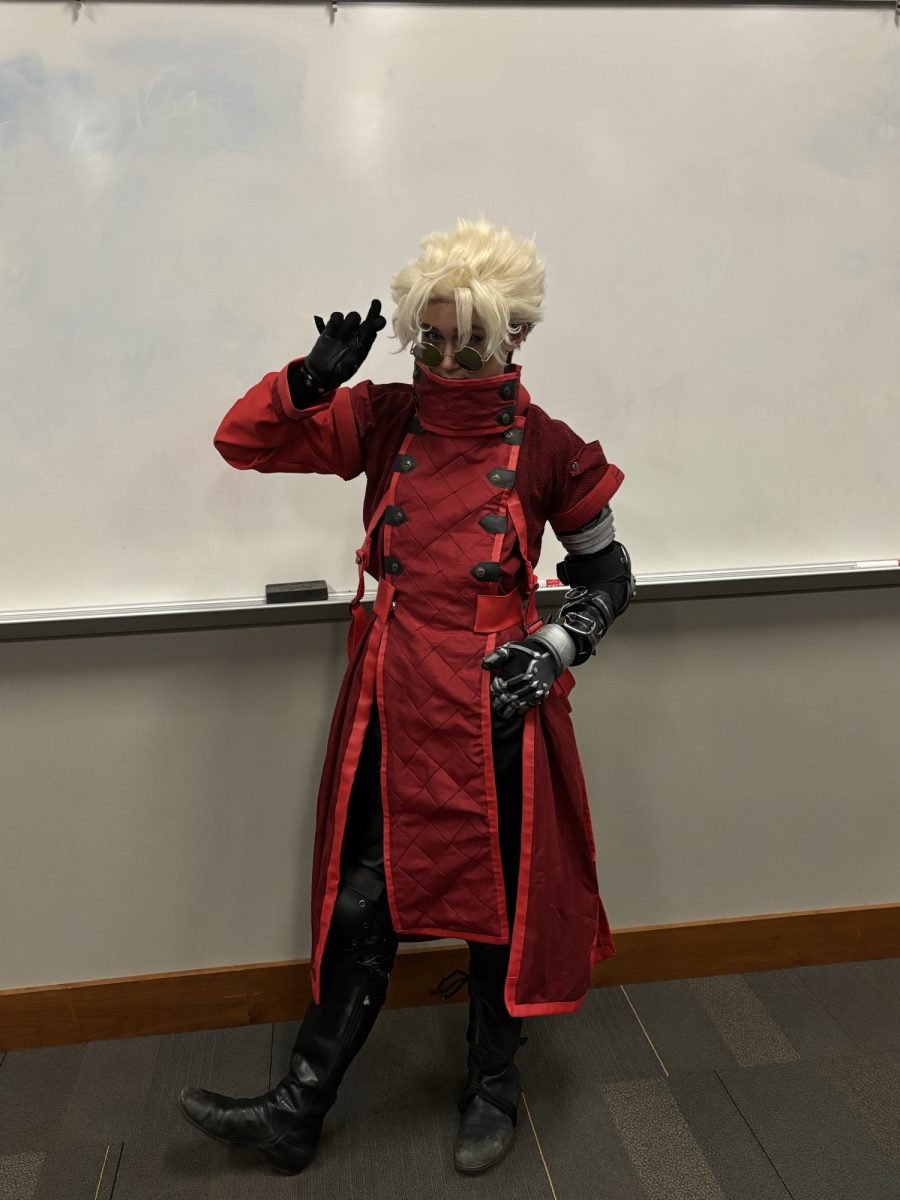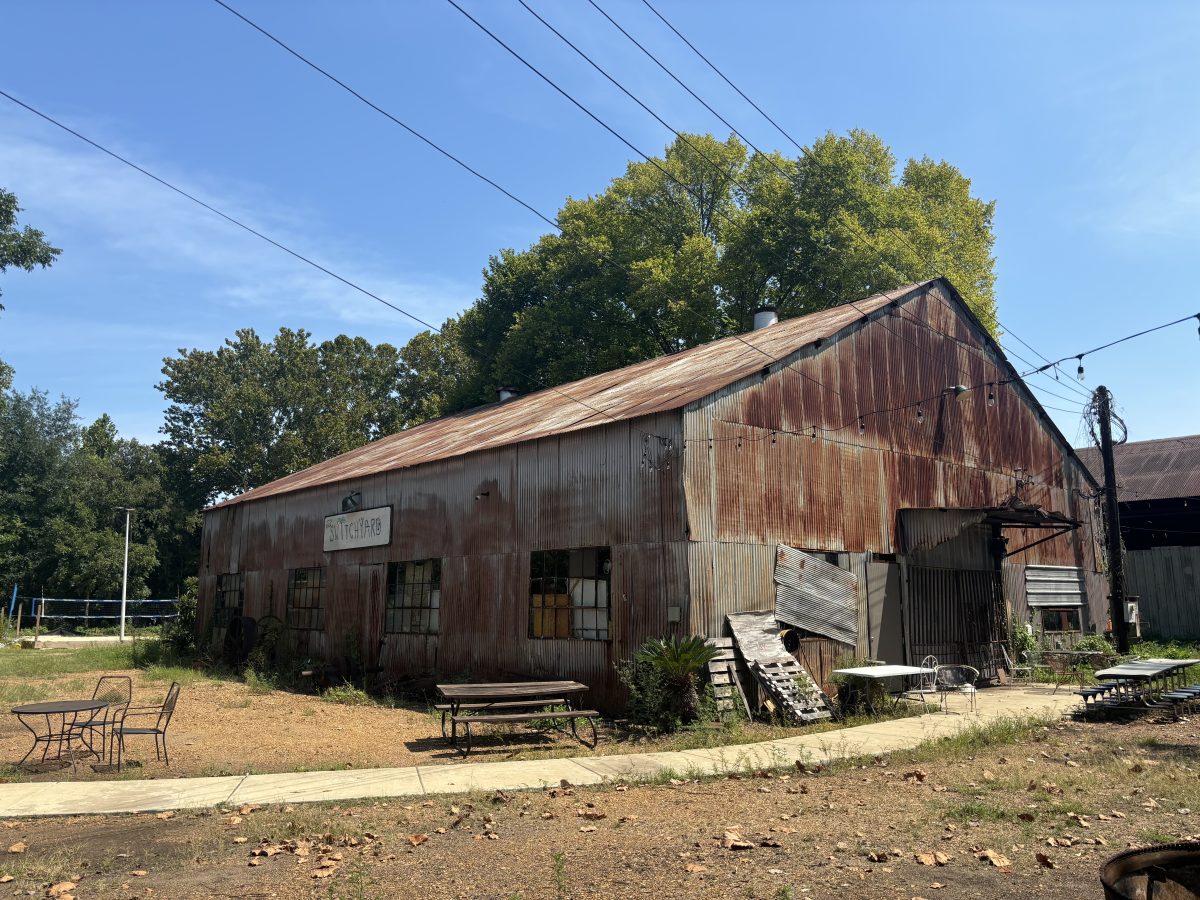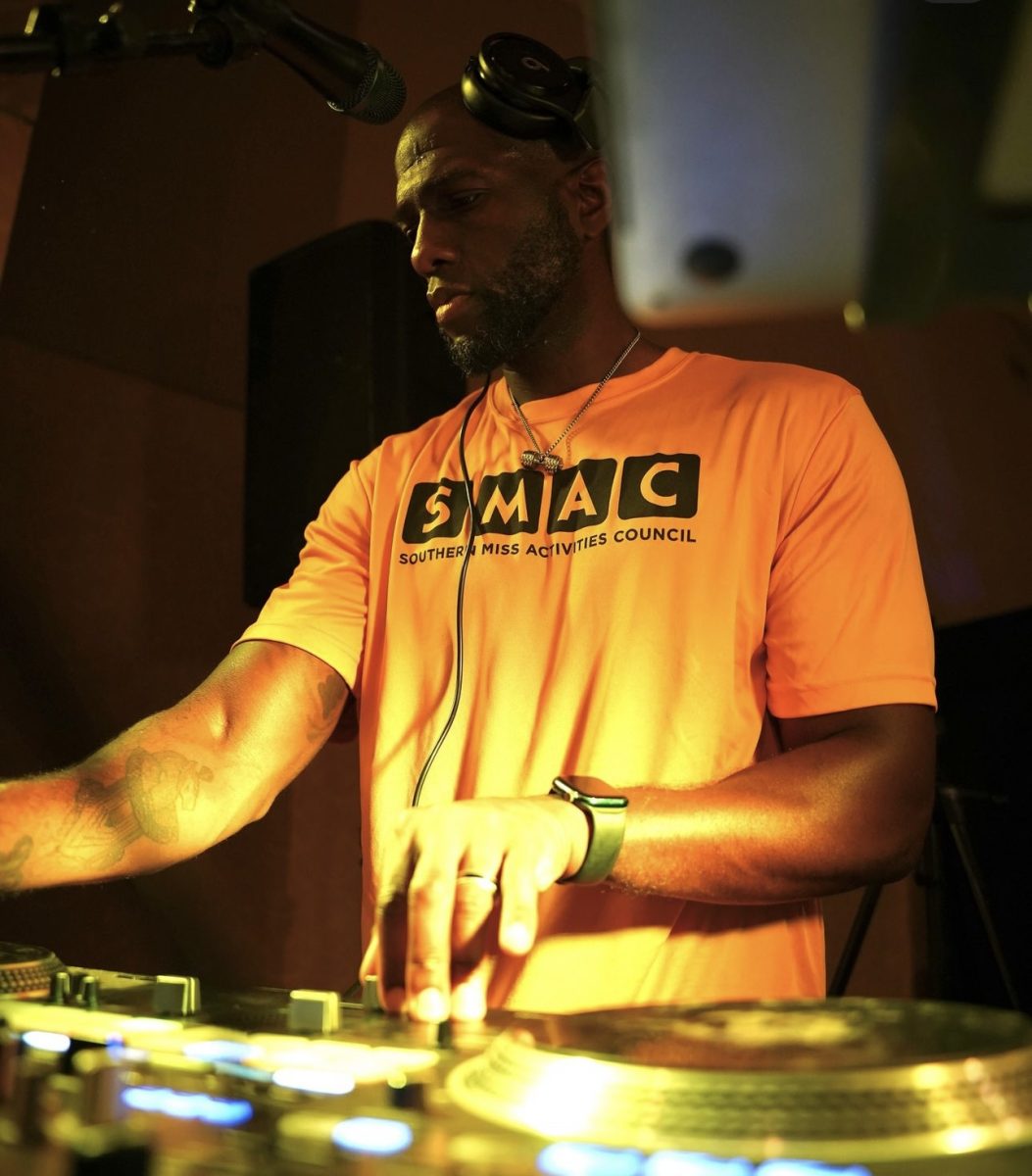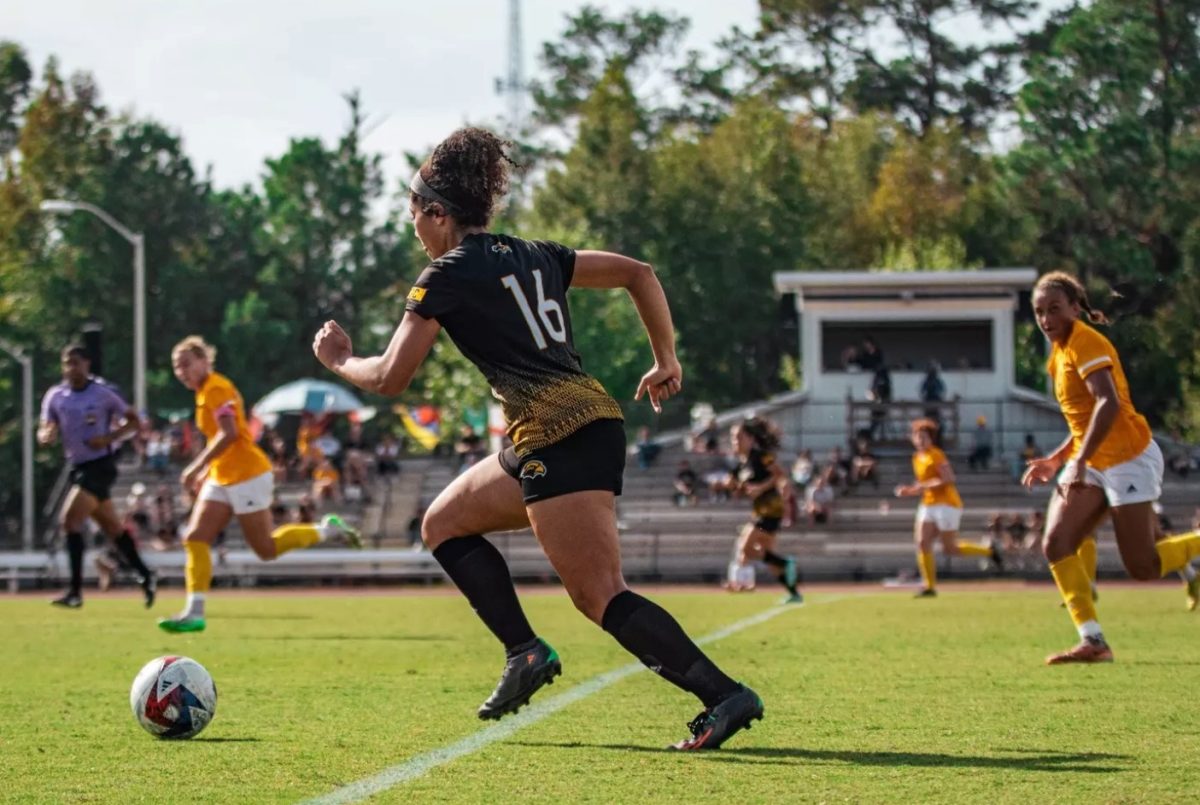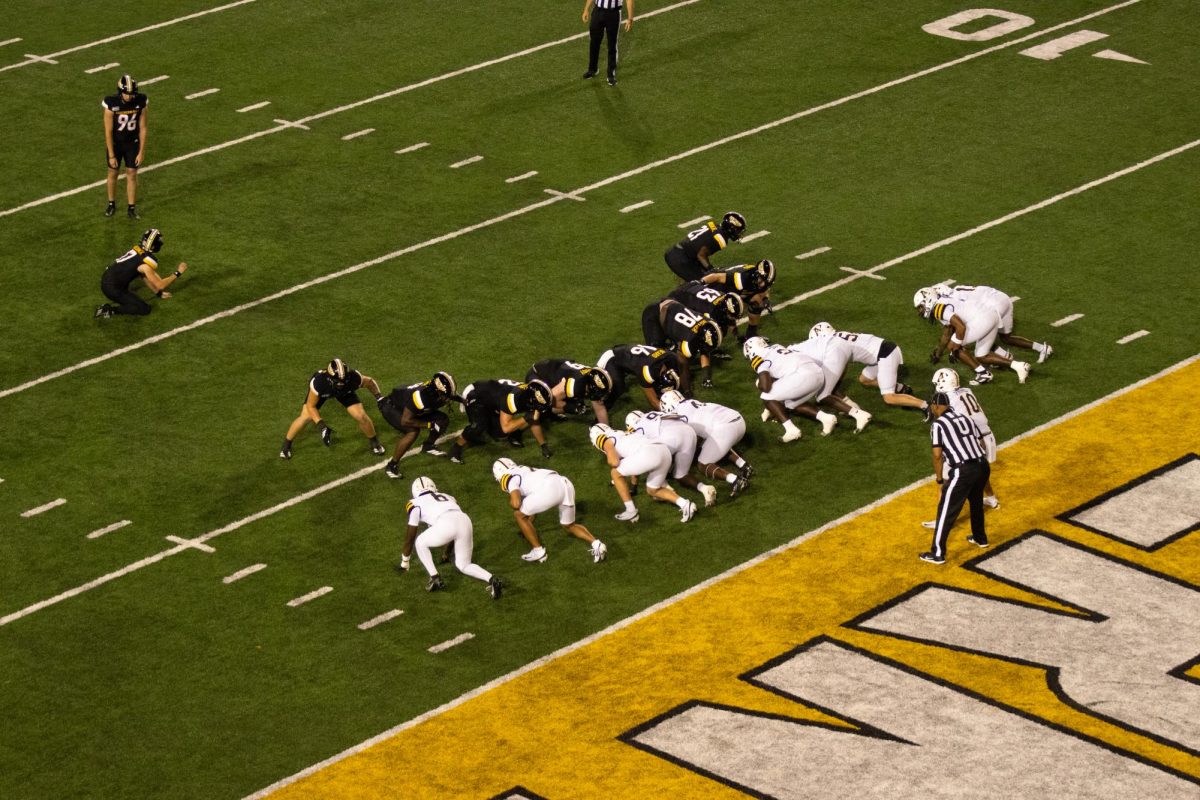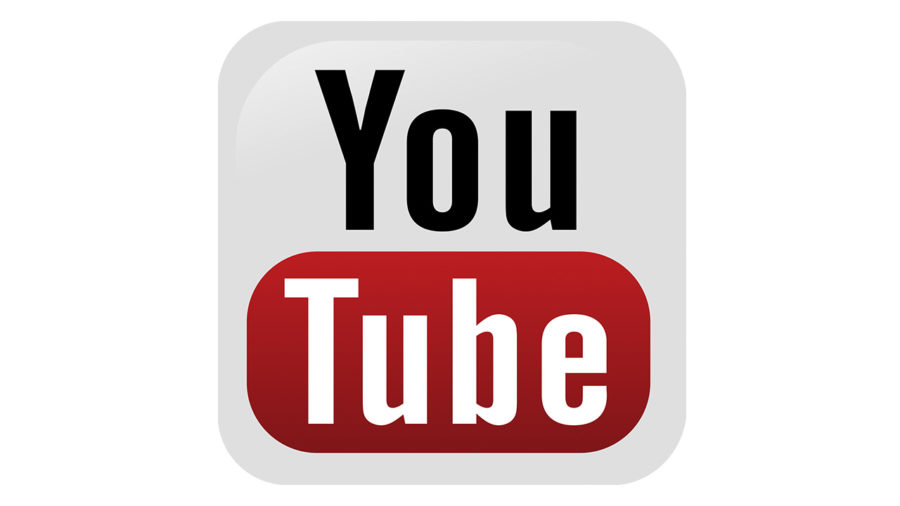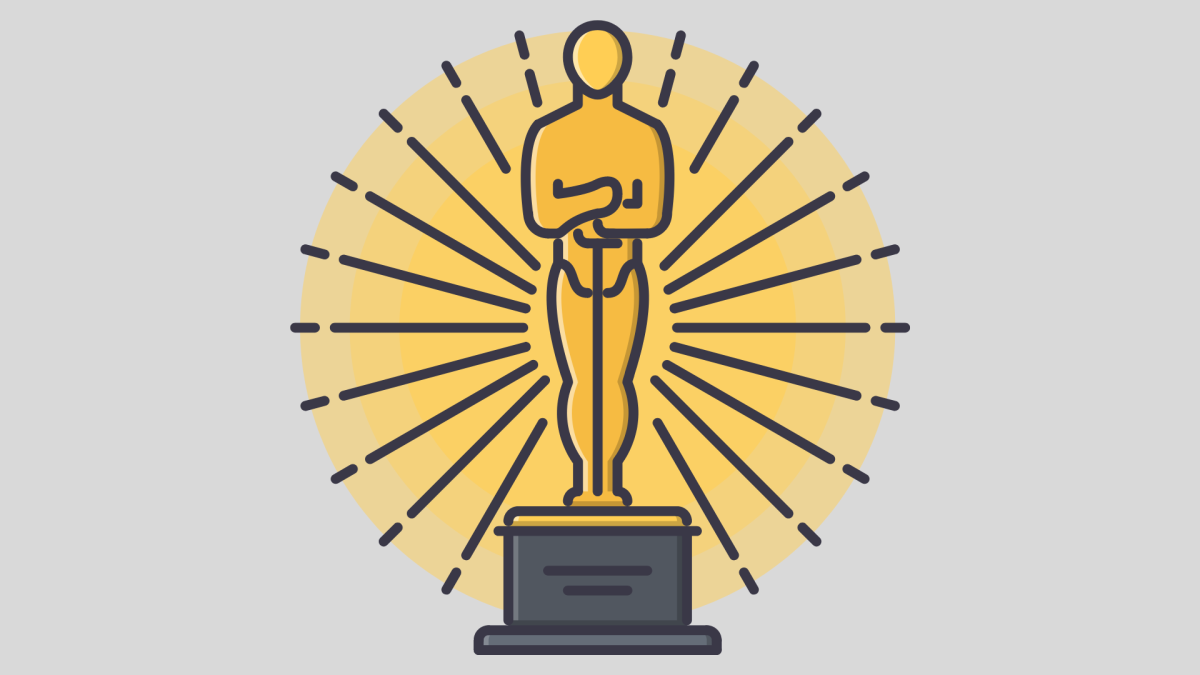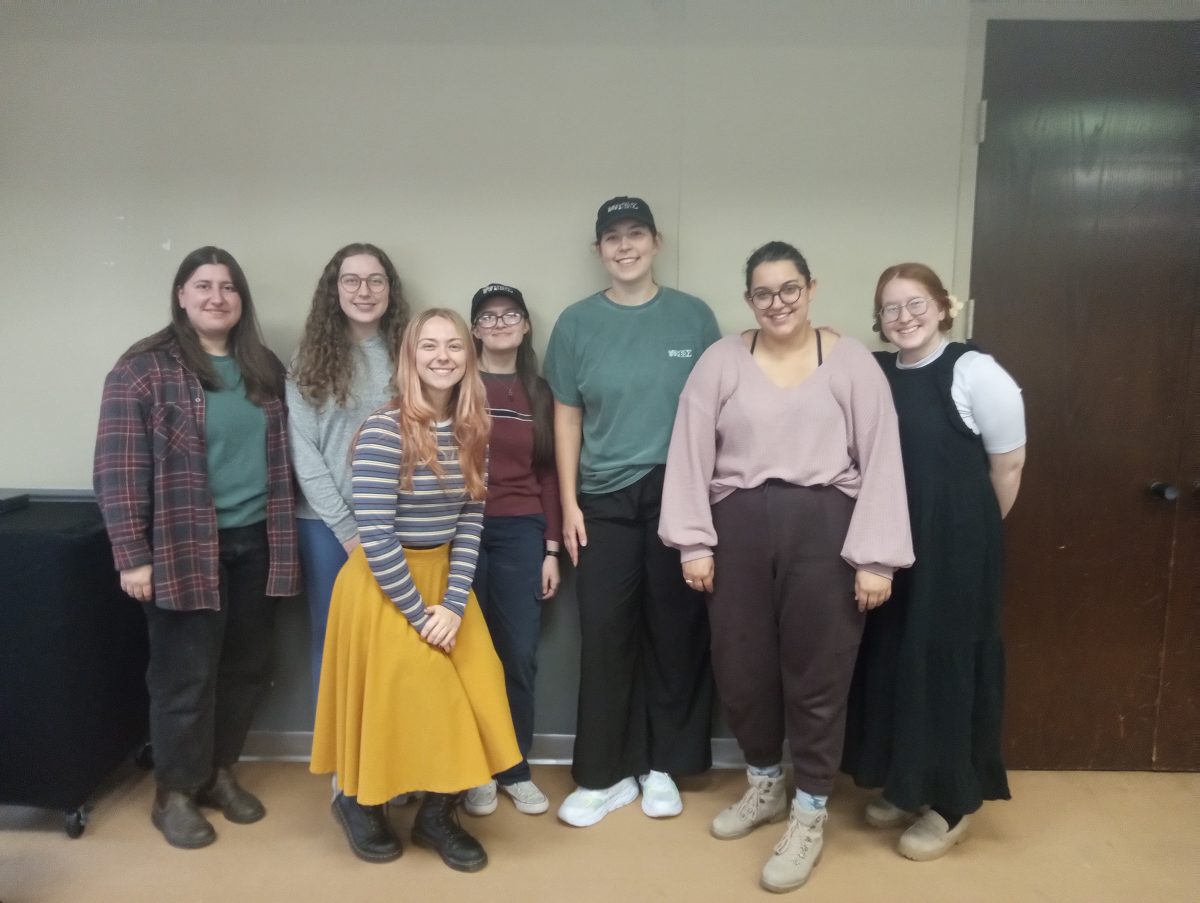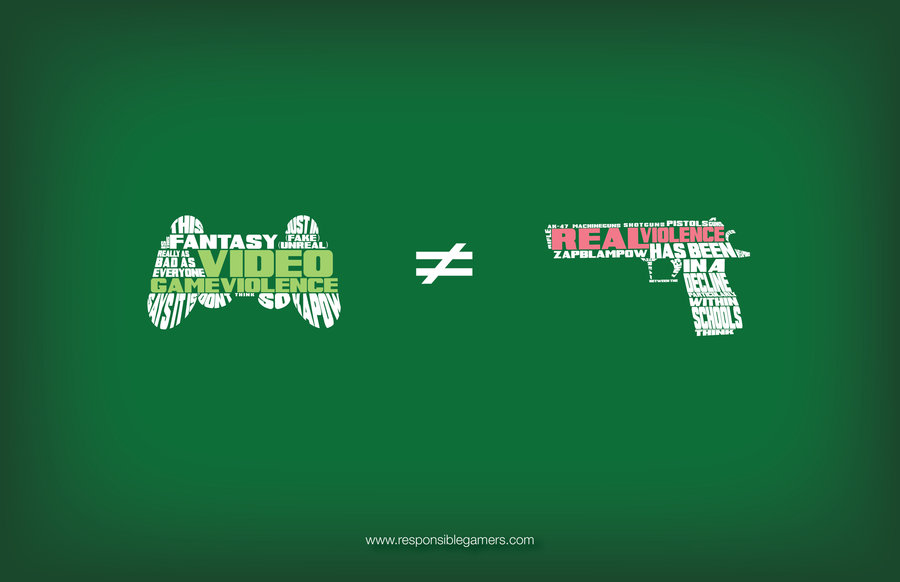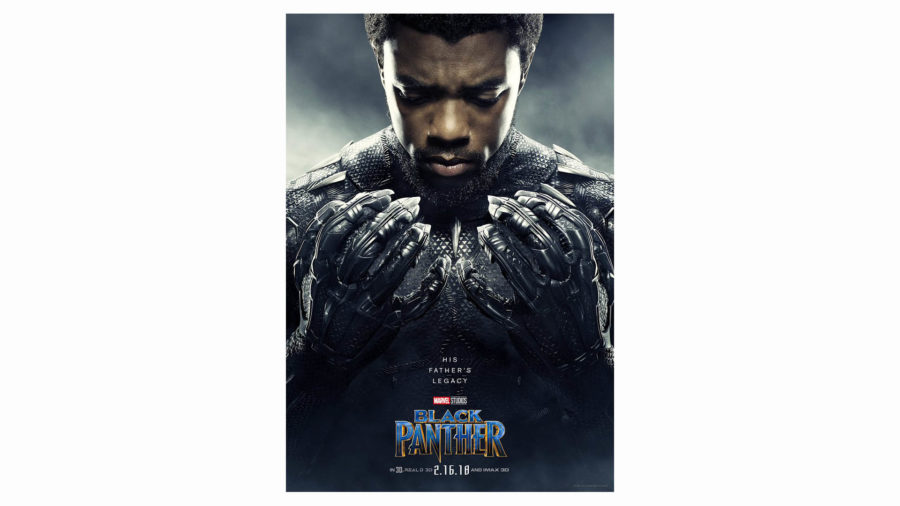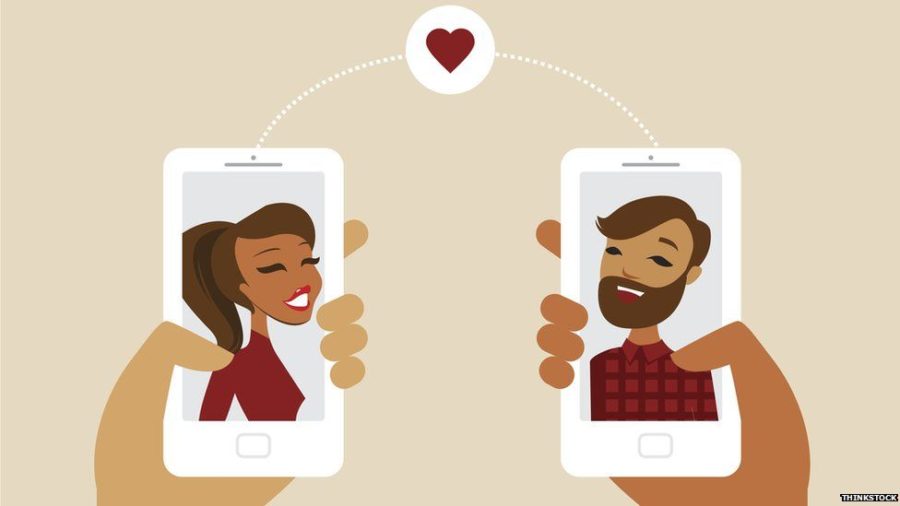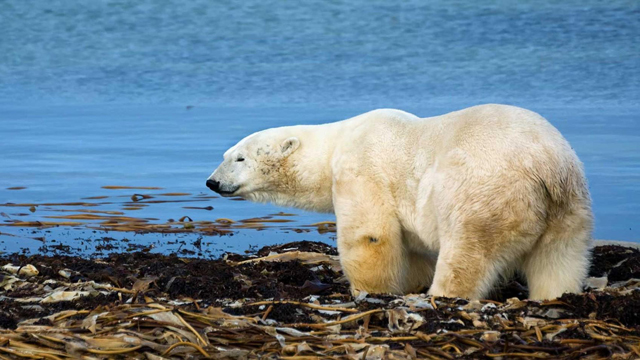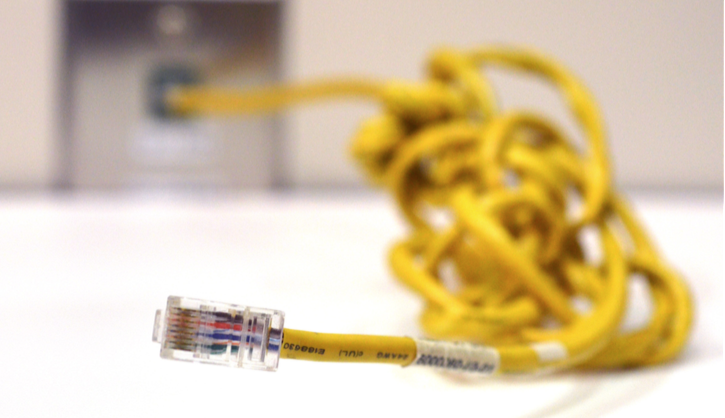Last week, YouTube started flagging content from the LGBTQ community as “inappropriate” and removed this content from under-18 viewers’ feeds.
The hashtag #YouTubeIsOverParty started trending, and YouTube released a statement on Twitter concerning the “mistake” on Monday.
“Some videos have been incorrectly labeled, and that’s not right,” YouTube tweeted. “We’re on it! More to come.”
YouTube then unrestricted some videos, but not before YouTubers could screenshot their feeds and compare the restricted feed directly next to the normal feed.
The restricted version of YouTube is meant specifically to aid parents, schools and kid-friendly organizations in creating appropriate viewing experiences for children under 18 years old. If it is meant to aid parents in filtering content, then why do parents not have more say in what is being filtered?
If this content is going to be kept from children under 18, that is a decision for those adults raising them, who are able to gauge more clearly their needs and maturity levels. It should not be left to a corporation to decide what users should be able to view.
To date, YouTube offers no personalization for the restricted feature. Instead, a panel of faceless and nameless employees are trusted to make decisions for every YouTube user no matter the age. Or worse yet, a logarithm is trusted to make the decision based on data (like video titles).
YouTube, or any other corporation, should not be given the power to filter such a sensitive subject when each user’s opinion will differ from the next. Instead, YouTube must allow all users the same opportunity and offer more personalization of feeds by reconfiguring its restricted feature.
Obviously, videos with explicit or inappropriate content are removed with YouTube’s restrictions. However, videos with no explicit or inappropriate content at all were also removed – but only for the LGBTQ community. Taking the purpose of the restricted function into account, the question we should be asking is not how is this happening, but instead why is it happening?
Whenever you enable YouTube’s restricted mode, you are sent to the YouTube help page. There are no ways to choose specifically what you want to filter out of a feed. Instead, there is only the statement, “We use many signals – such as video title, description, metadata, Community Guidelines reviews and age-restrictions – to identify and filter out potentially mature content.”
At first glance it appears that the videos that are filtered out are those that have an LGBQT “term” within the title.
For example, YouTube vlogger Fiona had videos such as “My YouTuber Lesbian Crushes,” “What People Say When You Come Out as Bisexual” and “Gay Girl Interviews Straight Guy” were blocked. Videos such as “An Honest Chat About Being Single” and “How to Dump Someone” were still viewable under restricted mode. However, the Chicago Tribune reported that a video simply entitled “Her Vows,” in which two women are married, was also blocked.
The video “contains no nudity, violence or swearing. There’s no revealing clothing. No one is engaging in activities that have a ‘high risk of injury or death.’ And yet, YouTube had deemed the video unsuitable for people under 18,” according to the Chicago Tribune.
For a good reason, this made it seem as if YouTube targeted the LGBTQ community as inappropriate as a whole instead of as individual posters. While they claim it was a mistake, how do they explain only videos with LGBTQ content being restricted?
Many individuals turn to YouTube for not only tutorials but also as a haven to find like-minded individuals offering experiences and advice. The problem is that if these same videos are instead titled “How to Deal with Your Lesbian Breakup,” they would be flagged and hidden from the very audience that needs it most.

